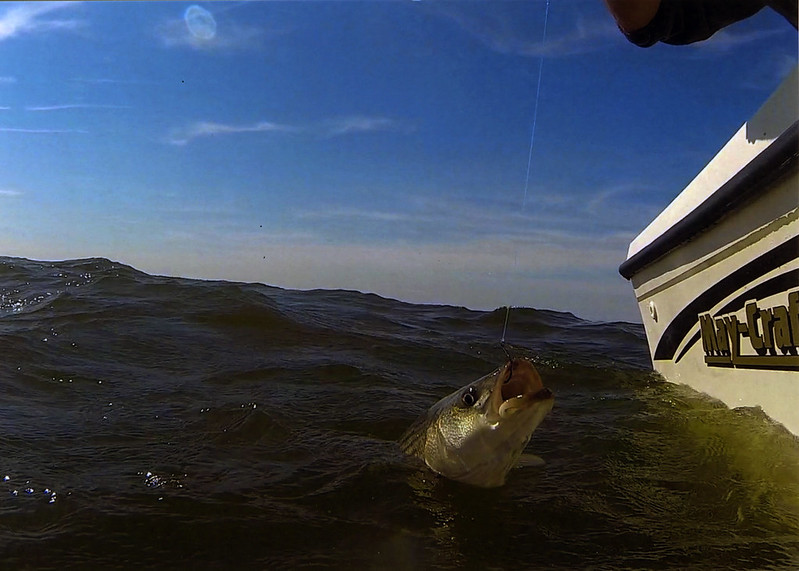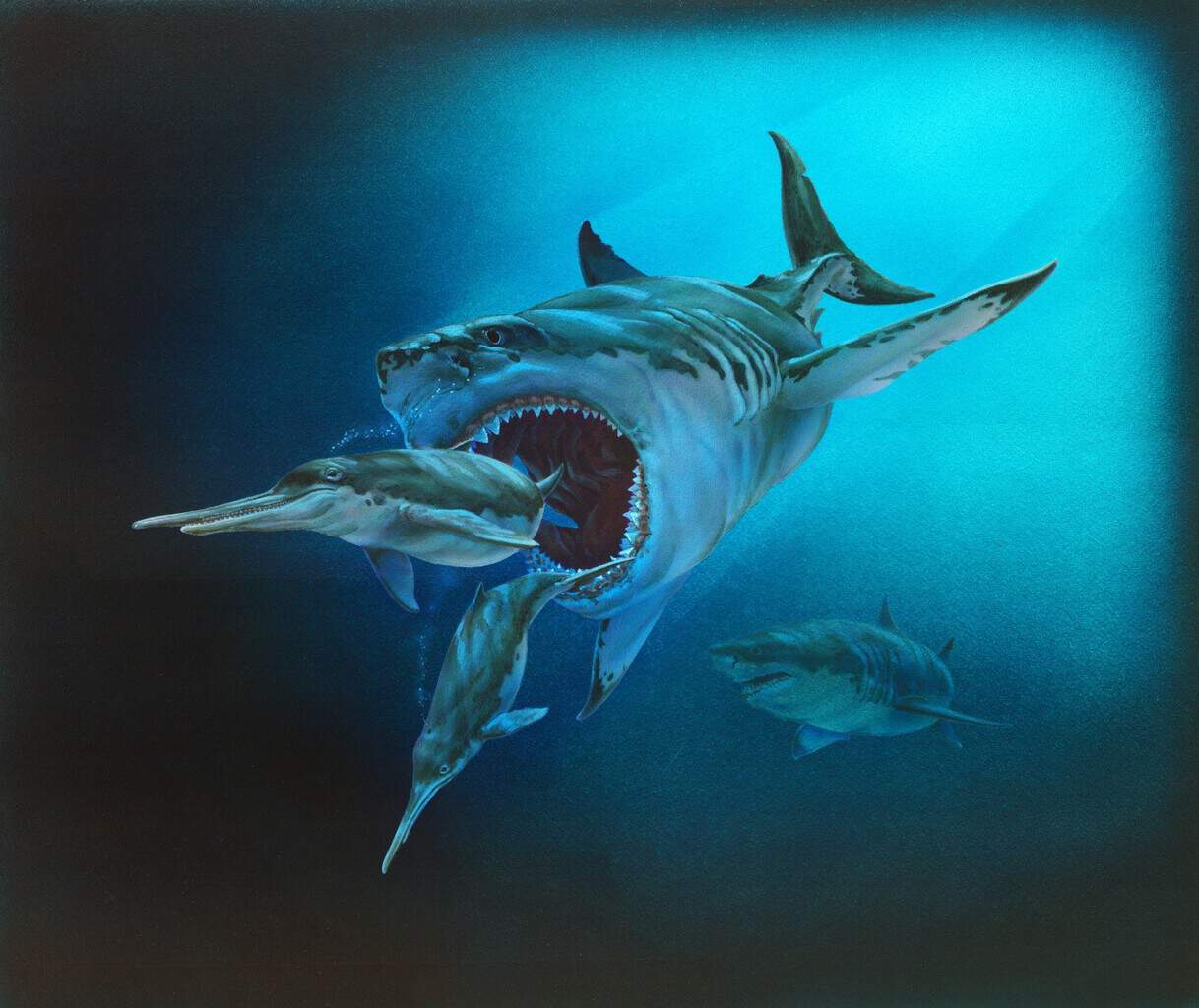We’re officially into May and that means for Maryland and the Potomac River, it’s rockfish season. Virginia is soon to follow, opening its spring season May 16.
But just as trophy season gets underway, it appears there is a shakeup coming from Atlantic Coast fisheries managers. The Atlantic States Marine Fisheries Commission (ASMFC) said in its latest update that the East Coast saw an increased fishing effort in 2022 that’s standing in the way of striped bass numbers reaching their target—goals put in place to reach a healthy population by 2029.
ASMFC’s Atlantic Striped Bass Management Board voted Tuesday to implement emergency action to decrease the maximum size for most striped bass fisheries to 31 inches for the next 180 days. At that point, the Board could end or extend the emergency action.
The ASMFC board also voted unanimously to draft a new addendum aiming to reduce mortality in both the recreational and commercial rockfish fisheries. The addendum would consider changes to recreational size limits, season closures and maximum size limits. ASMFC will take up the addendum later this year.
In Maryland the trophy season runs May 1-15. Currently anglers have a limit of one fish per person per day with a minimum size of 35 inches. Because that season began before the emergency action from ASMFC, it is exempt from the 31-inch maximum.
From May 16 -July 15, anglers can keep one fish with a minimum size of 19 inches (no maximum size). Striped bass fishing is closed July 16-31, resuming August 1. Fishery managers expect that after a soon-to-come public comment period, the emergency action’s 31-inch maximum limit will be added in time for the May 16 season. It will apply to fish caught inside the Bay and in the coastal areas around Ocean City.
And the Virginia spring/summer recreational fishery for striped bass is May 16- June 15 with a limit of one fish per person per day, a minimum length of 20 inches and maximum of 28 inches. (That maximum limit is already stricter than the emergency action calls for).
Despite the one-fish limit and mid-season closures added in recent years, the newest ASMFC technical report showed increased pressure from recreational anglers up and down the Atlantic Coast. This raises concerns for fishery managers as rockfish are struggling to recover from a decline. Last year’s survey of the juvenile striped bass population in the Chesapeake Bay found below-average numbers in Maryland for the fourth year in a row (survey numbers in Virginia were average).
Even as Maryland and Virginia anglers await possible changes due to ASMFC’s emergency action, the Maryland Department of Natural Resources (DNR) is already engaging recreational fishers to report in on the stripers they catch—how big and which techniques they use.
Using DNR’s mobile-friendly volunteer angler survey form, you can submit your fishing method, the length of the fish you caught and whether you released it or harvested it.
Not only is it fun to share your fish stories, submitting this data helps DNR characterize the sizes of striped bass caught throughout the year through recreational fishing. When you go to the trouble of submitting your catch data, you are entered to win randomly-drawn prizes. DNR also notes that the survey won’t ask you for specific locations, protecting your best fishing spots from becoming public knowledge.
DNR uses this volunteer survey data as one factor in managing the striped bass fishery each year, especially in determining minimum and maximum length limits.
“We hope to reach a wide cross section of anglers by giving an opportunity for self-reporting,” says DNR Fisheries Biologist Eric Durell. “A lot of people really care about this fishery and this gives them an opportunity to participate directly in management by providing data about their fishing experience.”
Results from the volunteer angler survey are posted each year, going back as far as 2006. But the survey has been going on since 1995. In 2022, results were submitted for 110 striped bass. Of those, 9 percent were harvested (average length: 24.9 inches) and 91 percent were released (average length: 18.3 inches).
As Durell points out, stats on the fish that are caught and released are just as important as the catches you bring home.
He explained, “Just as important as the size of each fish caught in a particular trip is whether that fish was kept or released. This survey is our only source of data about the size of released striped bass. Information on released fish can help determine the effectiveness of regulations and is crucial for characterizing the sizes and estimated ages of fish lost due to delayed mortality after catch and release.”
To submit information on your catch, click here to fill out the online form or download the free AccessDNR app.
-Meg Walburn Viviano




